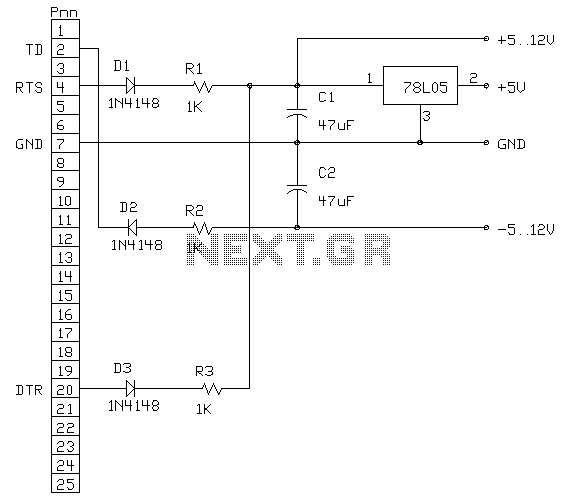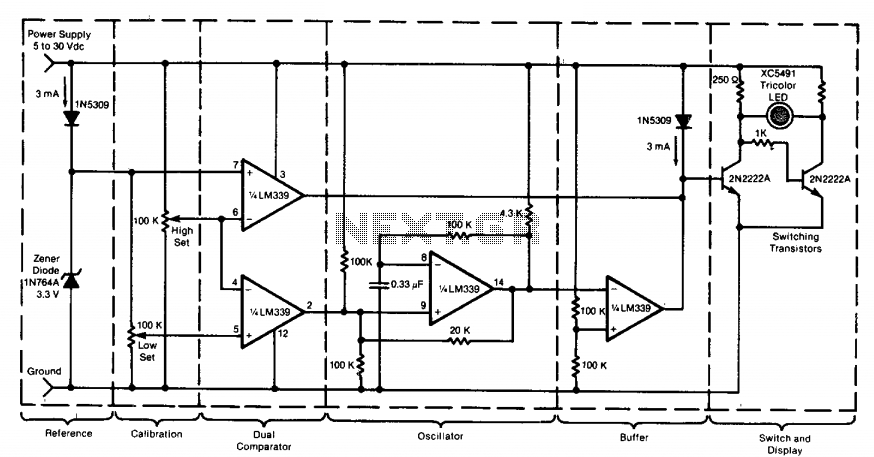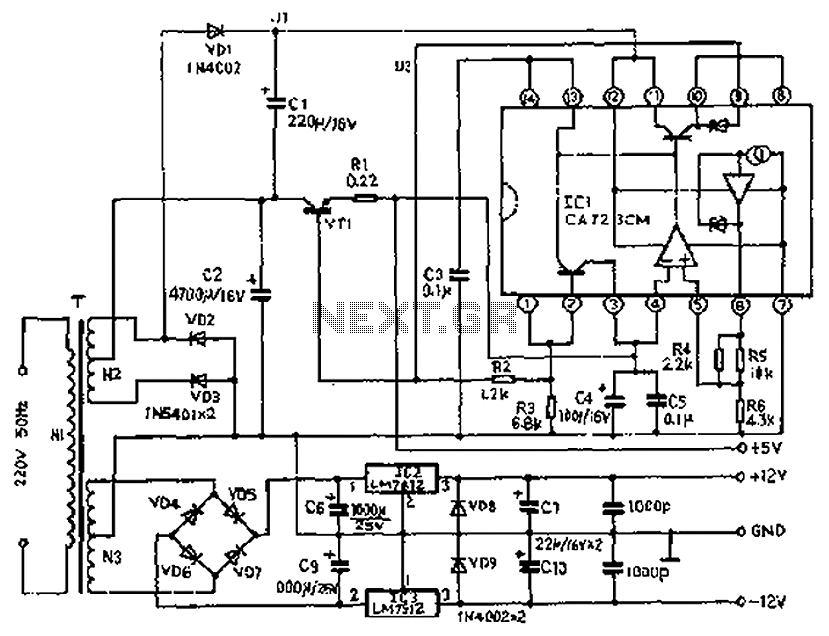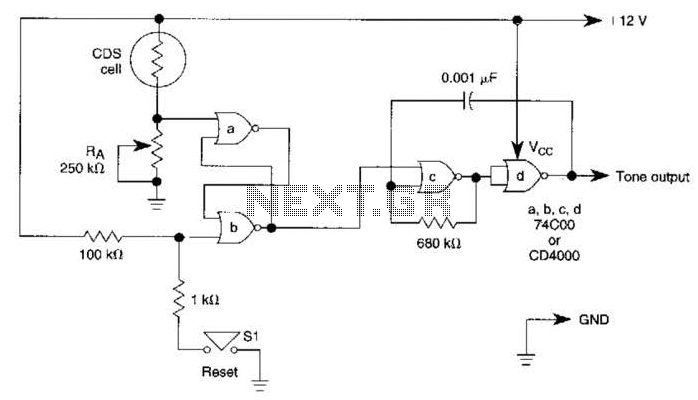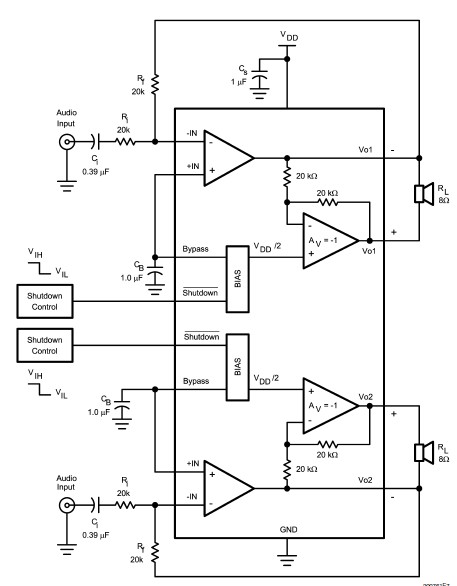
5v 10a output switching power supply
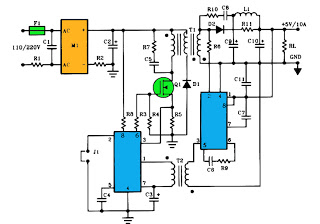
The schematic above illustrates a 10A power supply with a 5V output and a power rating of 50W. It operates as a flyback converter in continuous mode. The circuit includes both primary and secondary side controllers, providing comprehensive protection against fault conditions such as overcurrent. Once the fault condition is rectified, the power supply will initiate a soft start cycle before resuming normal operation.
The described power supply circuit is a flyback converter designed to deliver a stable 5V output with a maximum current of 10A, achieving a total power output of 50W. The flyback topology is particularly suited for applications requiring electrical isolation and voltage step-down capabilities. The continuous mode operation ensures that the energy transfer from the primary to the secondary winding occurs consistently, resulting in improved efficiency and reduced electromagnetic interference (EMI).
The primary side controller regulates the input voltage and manages the switching operation of the power transistor, typically a MOSFET, which controls the energy transfer to the transformer. The transformer in a flyback converter serves a dual purpose: it provides isolation between the input and output, and it stores energy during the on-time of the switch. The secondary side controller monitors the output voltage and current, ensuring that the output remains stable under varying load conditions.
Protection features are integral to the design of this power supply. The overcurrent protection mechanism prevents excessive current flow that could damage the circuit components. In the event of a fault condition, the circuit is designed to shut down or limit the output until the fault is cleared. After rectifying the fault, the soft start feature gradually ramps up the output voltage, minimizing inrush current and preventing stress on the components.
Overall, this power supply design exemplifies robust engineering principles, combining efficiency, safety, and reliability for various electronic applications.The Schematic above shows a 10A power suplly with a 5V output and with power 50W. It is a flyback converter operating in the continuous mode. The circuit features a primary side and secondary side controller with full protection from fault conditions such as overcurrent. After the fault condition has been removed the power supply will enter the so ft start cycle before recomming normal operation. 🔗 External reference
The described power supply circuit is a flyback converter designed to deliver a stable 5V output with a maximum current of 10A, achieving a total power output of 50W. The flyback topology is particularly suited for applications requiring electrical isolation and voltage step-down capabilities. The continuous mode operation ensures that the energy transfer from the primary to the secondary winding occurs consistently, resulting in improved efficiency and reduced electromagnetic interference (EMI).
The primary side controller regulates the input voltage and manages the switching operation of the power transistor, typically a MOSFET, which controls the energy transfer to the transformer. The transformer in a flyback converter serves a dual purpose: it provides isolation between the input and output, and it stores energy during the on-time of the switch. The secondary side controller monitors the output voltage and current, ensuring that the output remains stable under varying load conditions.
Protection features are integral to the design of this power supply. The overcurrent protection mechanism prevents excessive current flow that could damage the circuit components. In the event of a fault condition, the circuit is designed to shut down or limit the output until the fault is cleared. After rectifying the fault, the soft start feature gradually ramps up the output voltage, minimizing inrush current and preventing stress on the components.
Overall, this power supply design exemplifies robust engineering principles, combining efficiency, safety, and reliability for various electronic applications.The Schematic above shows a 10A power suplly with a 5V output and with power 50W. It is a flyback converter operating in the continuous mode. The circuit features a primary side and secondary side controller with full protection from fault conditions such as overcurrent. After the fault condition has been removed the power supply will enter the so ft start cycle before recomming normal operation. 🔗 External reference
